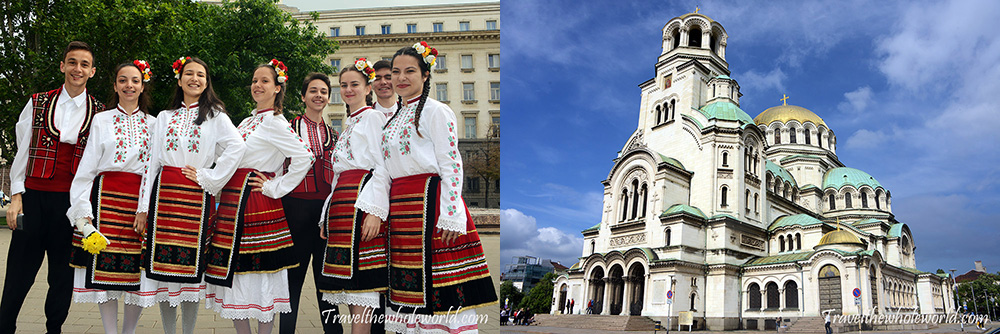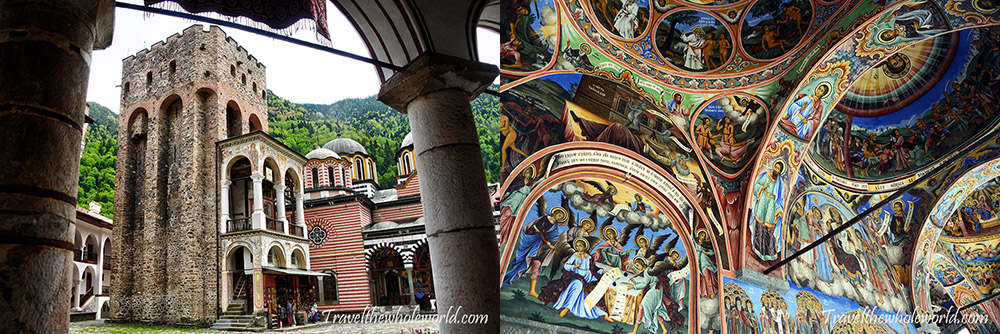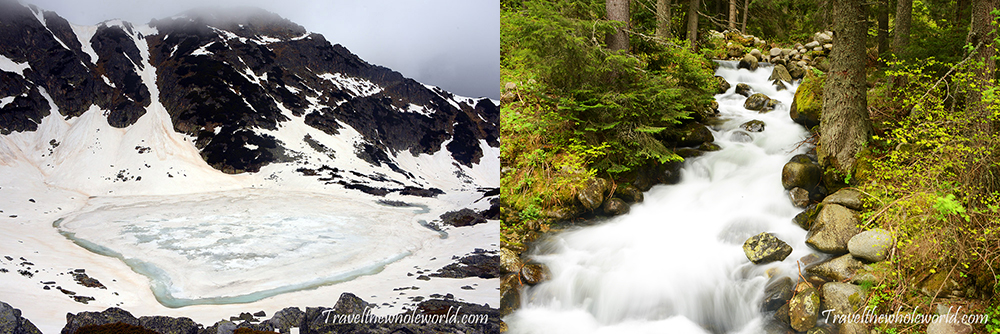Visiting Bulgaria
Bulgaria is one of the most unique countries in Europe. It’s strategic location among ancient empires has left it with Greek, Slavic, Ottoman, and Persian influences. It holds the ancient city of Plovdiv, which is also the oldest city in all of Europe. Bulgaria’s landscape brings resorts along the black sea to the highest mountains of the Balkans that retain their snow as late as June. Years ago I tried to visit Bulgaria’s coast from Turkey and failed. When trying to cross the border I was told that I could continue but my rental car could not. When I later made it to Bulgaria I ended up staying in the western parts of the country, visiting the capital Sofia, the Rila Monastery, and climbing the country’s highest mountain, Musala peak.
Sofia
Click here to see Sofia
Sofia is the largest city and capital of Bulgaria built at the foothills of the Vitosha mountains. Holding over 2,000 years of history, Sofia has been occupied by the Greeks, Romans, Ottomans and finally the Soviets. Ruins and influences from all of those empires remain scattered about the capital.
Rila Monastery
Click here to see the Rila Monastery
The Rila monastery is one of the most culturally important places in Bulgaria. The eastern Orthodox monastery has stood within the Rila mountains for over 1,000 years and attracts people from all over the world. Many important landmarks exist in the monastery, such as the tomb of Bulgarian Tsar Boris, the Tower of Hrelyu, and countless treasures stored in the monastery’s museum.
Musala Peak
Click here to see my climb of Musala Peak
The Rila mountains rise up in western Bulgaria, and are the highest mountains in the entire Balkan peninsula. Long ago locals named the highest peak Musala, loosely meaning close to God. The 9,596 foot (2,925 meter) peak is known for its beautiful summit views of the surrounding mountains, lakes, and forests. The peak and its surrounding mountains offer plenty of hiking, camping, and even technical mountain climbing in the right season.



